
In today's age of Photoshop, Lightroom, or Instagram the need for filters is becoming obsolete. You can snap a photo with your phone and instantly post it to Instagram while applying any of its variable filters available. Why even use a blue or a warming filter when you can apply it during post-processing using Photoshop? There is no need to buy or carry around expensive Graduated Neutral Density filters when you can bracket the shot and then blend these exposures during post-processing

Can never get enough Circular Polarizers
Indeed, the current technology and techniques allow us photographers to carry less gear that weighs down our backpacks. However, there are still some things that Instagram and Photoshop can't do what a Polarizing Filter can. That's because the Polarizer's purpose is to filter the light coming in through lens and into your camera's sensor. You see, the light becomes "polarized" as it travels through the Earth's atmosphere and as it passes through pollution all the way to your lens glass.
The Circular Polarizer's primary function is to block this light, and that's why you will see darkened and bluer skies on your photos using the filter. In theory, you can achieve this same effect in Photoshop but what you can't do is filter polarized light. For example, reflections - water reflection or non-metallic objects deliver polarized light. You reduce or eliminate these reflections before you even press the shutter with a polarizer. This effect alone cannot be replicated in Photoshop or any post-processing process known to man.
The Polarizing Filter works it's magic with a linear polarizing film that filters out the scattered light rays and allowing only the light that moves in a linear direction. Linear Polarizing Filters were one of the first polarizing filters produced for film and manual cameras.
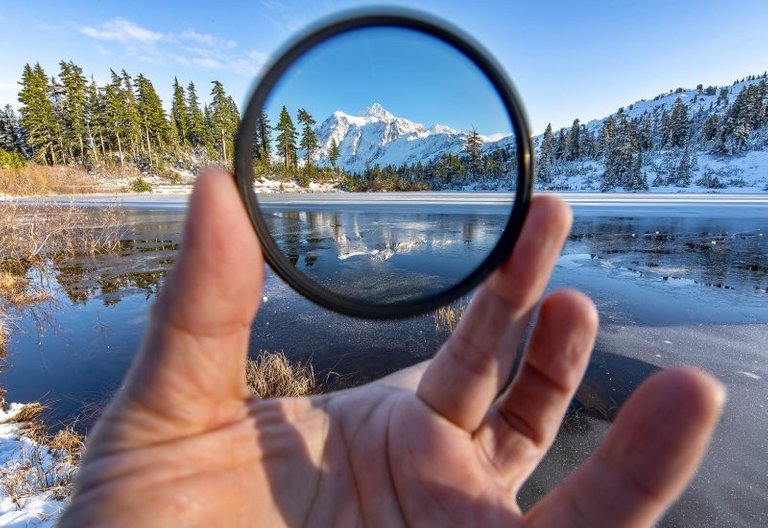
Here's a Circular Polarizer Filter in action. Noticed how much darker and bluer the skies above the mountain is compared to the rest of the frame?
I've used Linear Polarizing filters when I was shooting with large format film cameras. They worked great but had one downside, their use interferes with modern camera auto-focus and metering systems as it had problems seeing the light moving in linearly. The solution to this is to add a quarter wave plate on the polarizing film to twist the light coming into the lens in a circular pattern - That's what a Circular Polarizer Filter is, the topic of this article!
Without getting into the physics to explain polarization further, the important thing you have to know is - Polarizing Filters have the most profound effect then it's used at 90-degree angle from the Sun. That means it works the best when the Sun's rays are to the left or right of your composition. It is less effective when the Sun is 180 degrees, meaning right behind or in front of you. Still, these minuscule effects can even have a pleasant addition to your image.
Wide Angle With Circular Polarizer Filter
As mentioned, the degree of polarization is most effective when you point your lens 90 degrees from the Sun. You can see this profound effect when you use a Circular Polarizer Filter with a wide angle lens 28 mm or smaller (full frame, cropped sensors will be lower). Since wide angles include more of the sky, you can see part of the atmosphere that isn't fully polarized. This leads to part of the sky being darker than the rest. It's up to you if you like this effect or not, I don't have a problem with it, and I often use Polarizers with Super Wide angles.
There are some things you would be aware of when using a Circular Polarizing Filter. Using one will subtract 1-2 stops of light coming in so you'll have to adjust accordingly. Most applications of a Circular Polarizing Filter is when the camera is Mounted on a Tripod, but some wildlife photographers use it well while hand holding the camera.
Another thing to be aware of is that the physical thickness of the Polarizers. With wide angle lenses and shooting wide open, can reveal unnatural vignetting at the corners of the frame. There are thin Circular Polarizer Filters to address this particular issue, but you should always check to make sure you're not at the point of vignetting before taking the shot. You can also check the frame after you took the shot and examine the corners to retake another photo if necessary or adjust your f-stop for a smaller aperture.
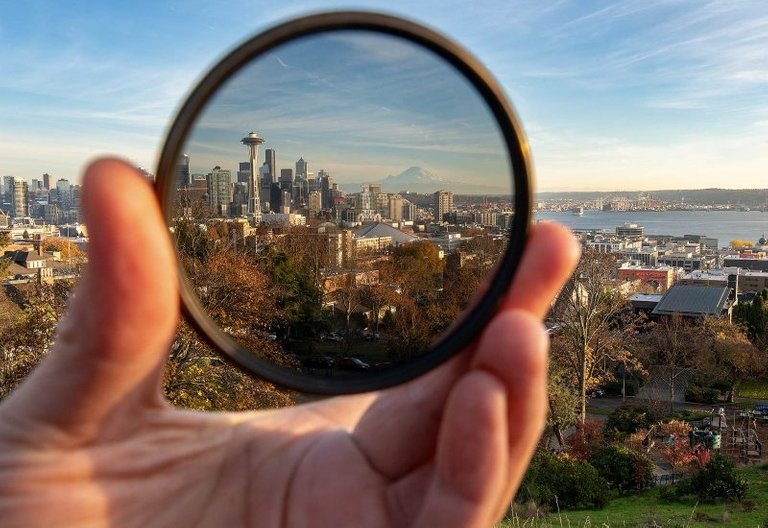
Circular Polarizer Filter in action
With all that said, some photographers leave the filter on their lenses all the time. I shoot most of my nature and landscape photos with a Circular Polarizer Filter on my optics. Most images and scenery can use a Polarizing filter, and you should be using them or at least have one in your camera bag. There are just some things Photoshop can't recreate and what a Circular Polarizer Filter can do is one of them.
Good polarizing filters are not cheap. The ones I use are costly. There's no reason to tack on a $30 piece of glass on top of a $2,000 lens, that would be stupid. Add to the fact that you could easily have 2-3 different size filter mounts on your lenses and the costs can add up. So what is the solution to this problem? Buy the largest Circular Polarizer Filter matched to the largest lens you have and then buy step-down rings to allow it to fit your smaller lenses. The most common size is 77 mm, but some Super Wide Angle lenses go up to 82 mm - the larger the filter, the more expensive it is!
Here are a few examples of Circular Polarizer Filter in use: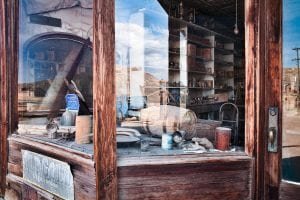
Partially cutting glare from the glass to reveal contents inside the store. Bodie, California
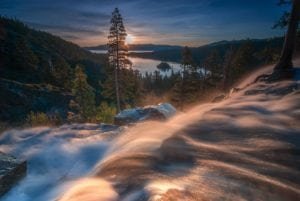
Slowing the light coming in 1.5 stops extra to produce the milky water effect of the waterfall. Lake Tahoe, California
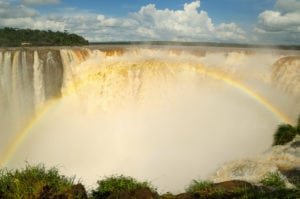
Enhancing the colors of a rainbow. Iguazu Falls, Argentina
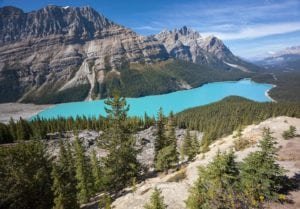
Enhancing the blues of the sky and glaciated lake. Peyto Lake, Canada

The Polarizing Filter made this elk's coat more saturated

Cutting glare on the water to reveal the bottom of a lake. Lake Tahoe, California
CONTINUE READING >>
Posted from my blog with SteemPress : Polarizer Filter

Thanks for this info on filters. I love taking photos and I wasn't sure about needing a better camera or using these filters. Thanks.
So having the polarizer on my lens would help with the sun flares that I get at sunset pictures sometimes, sort of work like a lens hood without having to block the sun with my hand or something else?
Also would it help with winter snow shots? Some of them can be pretty washed out that I take, I am still learning about photography, and using my digital camera. Winter is basically here, so that means snow, lots of snow, and lots of low angle strong light on those no cloud days.
One other clarification question, Smaller aperture for less vignetting? Sorry I still get slightly confused on this one so F5 is a smaller aperture opening than say an f10? or is it the bigger the number the smaller the aperture?
Not at all, polarizers don't help with flares and in fact, might make it worse. Flares depend on the quality of your lens. Primes tend to do better as the light coming through has less chance to bounce around in your lens. Manufacturers coat the lens glass with special coating to control flare and these typically make those lenses more expensive. Smaller aperture helps with edges - it works like your eyes. Keep them wide open and you see more of the edges. Squint and you see less.
This shot below was taken with a Wide Angle zoom lens (no polarizer) which is rated to have good flare chracteristics. There's still some flare but there are techniques to get rid of flare directly which I will do a write up and tutorial later when i have the time. Also, this is at f/22 (very small aperture) to create that massive Sun Burst which is caused by the diaphram of the lens.

Your snow shots are probably washed out because it fooled your light meter. Take your meter's reading then add 2 stops )) and yes polarizers help with snow scenes too )
Thank you I think that helps a little bit. I get a little green sprite or sometimes the pentagon artifacts, mostly though the little sprite type flare, I like how the sun rays kook on that picture. I am learning still, finding a lot of hints here and there with the professionals on line.
This style is awesome but after this photoshoot, your need must be photo editing.
Very cool tutorial on photography, I know very little.
It makes a whole lot of difference boy!
Polarizer is very useful for enhancing your photos esp during the sunshines too bright. It serves as a shades to your camera 😊
Beautiful !!! :)
This filters are awesome. Thank you for share this valuable information with us . Can you tell me the price of this filters?? :)
You should just search it up dude
On average 70- 300 depending on the size. There are ones even cheaper but I don't recommend those.
Wow that was super in depth! I thought I needed one but now I KNOW I do. I learned a lot, like when you talked about the reflection shots. I never knew how people got such clear reflections. Not to mention the fact that you broke down the difference between expensive and cheap filters. I definitely would've been rocking a $20 one if you hadn't.
Some good info - thanks for sharing!
What did you learn?
I had always just thought of polarized lenses in the context of sunglasses, particularly with respect to sailing as it allows you pick out puffs of wind on waves more easily. After you mentioned it with respect to photography, it makes perfect sense that there would be applications in photography too. I currently just take most my photos on a Pixel II but it gives me a potential gift idea for my older brother...
I remember back in the day I used to have 2 pairs of sunglasses I used to put in front of my camera to give the polarised effect haha! It worked pretty well! Maybe wouldn’t recommend it to the professionals though 😀🌅
Actually you're right. You can see the polarization effect on polarized sunglasses. I'd use for a phone camera :)
😀
Great filter good article
I also experienced that cheap UV filters can not only change the colors, they can worsen the image quality tremendously
This post has received a 31.25% upvote from @blockgatorsarmy!
This post has receive a 25.00% upvote.
Wow, why did you upvote?
This post has received a 15.00% upvote from @teevmoore!
Worth exactly....$0.00. Hooray!
Amazing dude, a few more before that lambo!
You got a 51.12% upvote from @upmewhale courtesy of @adonisabril!
Earn 100% earning payout by delegating SP to @upmewhale. Visit http://www.upmewhale.com for details!
You got a 38.60% upvote from @booster courtesy of @adonisabril!
NEW FEATURE:
You can earn a passive income from our service by delegating your stake in SteemPower to @booster. We'll be sharing 100% Liquid tokens automatically between all our delegators every time a wallet has accumulated 1K STEEM or SBD.
Quick Delegation: 1000| 2500 | 5000 | 10000 | 20000 | 50000
Hasil fotografi yang bagus, aku akan terus mengikuti setiap post berikutnya.
Posted using Partiko Android
Hi @adonisabril ....have a nice work ...your post are really good ...
What a beautyful photographs omg!!!keep writing these kinds of bloggs...i just love your blogg @adonisabril
Posted using Partiko Android
Great, thanks for the information awsome article :)
Looks like it could block out the sun if you were standing right next to it. Thanks for sharing
Nice toy. I think I should have one.
a great contribution for all those who need to know or find a good filter for the lens ......
Greetings to all, I am new to steemit, and I invite you to visit and follow my profile of photography where I will be uploading 100% original content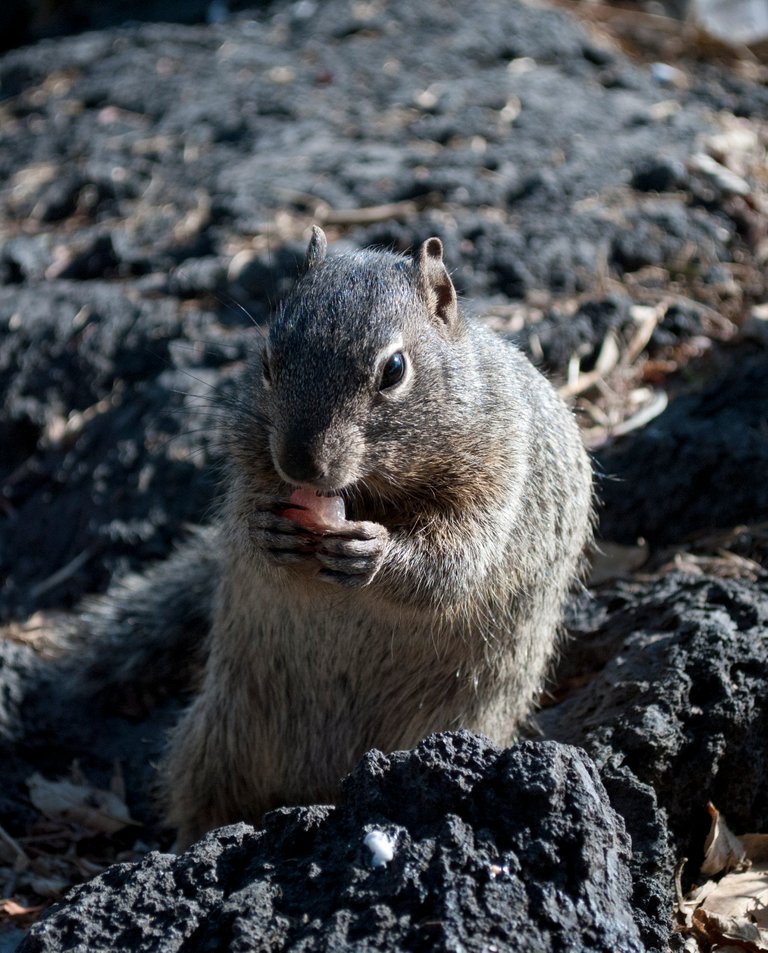
Amazing <3
thank you : )
This is very helpful for photography begginers like me. I made my introductory post https://steemit.com/self-introduction/@artseeker/the-one-who-seeks-art-a1e18b6a9e877 following you sir.
buen trabajo amigo
This kind of lenses can be used to make tilt-shifting?, or their function is just to filter unnecessary colors in photos?
We are from one of the leading image processing services providers in Bangladesh. We offer different cost effective image editing services that can meet your photographic needs.
We are providing all kind of photo editing services.
Our Services:
photo editing company
background removal service
clipping path service
photo retouching service
ecommerce photo editing
contact: 01726036131
website: phototrims.com
Email: [email protected]
Very cool! Lots of good info here, I have always been fascinated with polarising filters, seems like magic :) Great for car photography because they really cut back on reflections etc.
This post has received a 5.00% upvote from YaYa Bot!
@cleverbot @automation @originalworks @surpassinggoogle @banjo